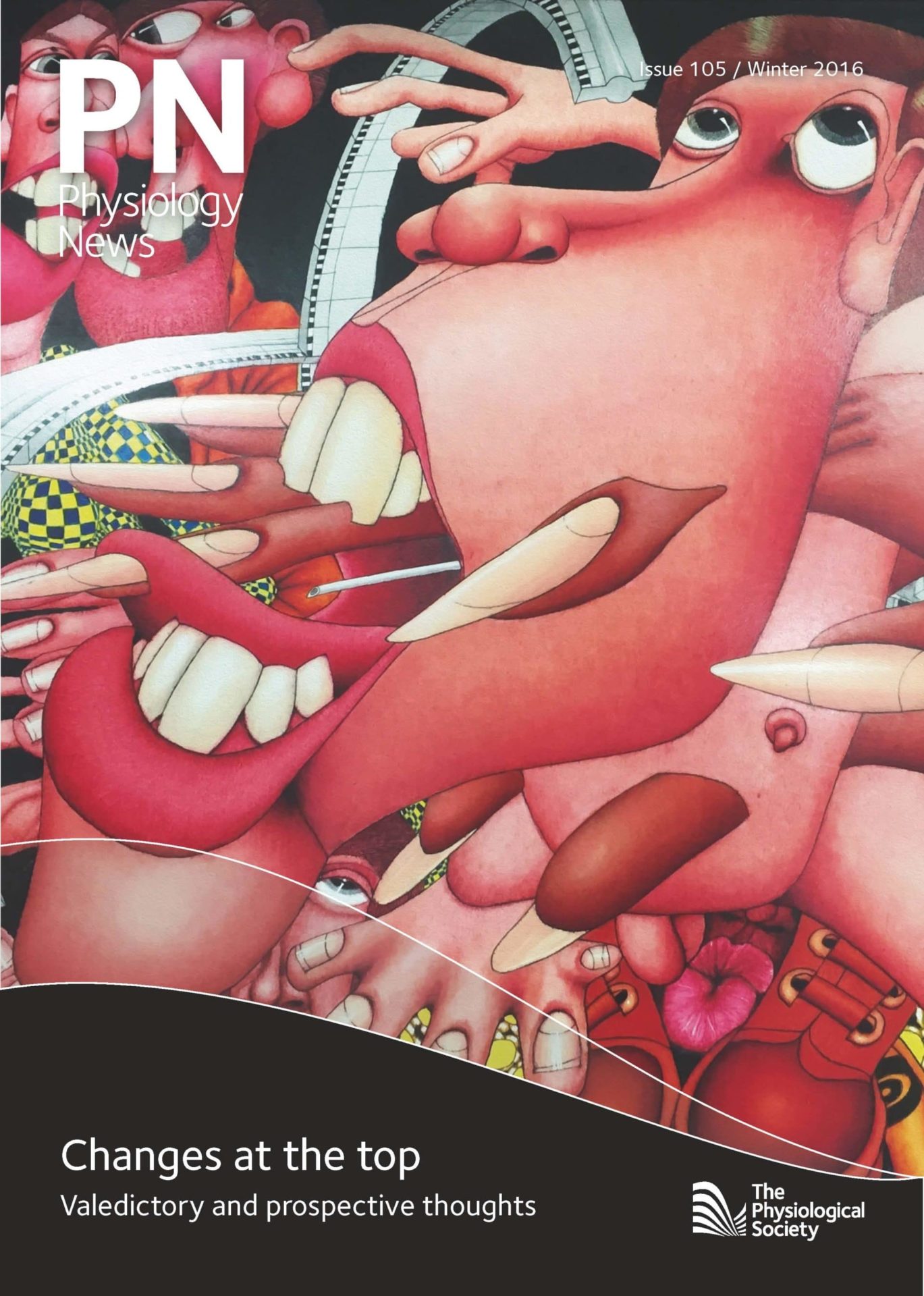
Physiology News Magazine
Our Research Grant scheme for early career physiologists
Case Study: Dr Samuel Fountain, University of East Anglia – awarded Research Grant in 2013
Membership
Our Research Grant scheme for early career physiologists
Case Study: Dr Samuel Fountain, University of East Anglia – awarded Research Grant in 2013
Membership
https://doi.org/10.36866/pn.105.35

The Society is particularly committed to supporting the progression of physiologists in the early stages of their careers. In 2012, the Education and Outreach Committee launched a new grant scheme to support those in their first permanent position. Research Grants provide £10k funding to members and non-members wishing to conduct pilot studies, develop a new technique or to finalise a project. Since then, the scheme has supported more than 50 physiologists and – as shown by a recent evaluation – has played a role in securing additional funding, publications and promotion for many of these individuals. The box on this page profiles the experience of one awardee, Dr Samuel Fountain of the University of East Anglia, who was awarded a grant in 2013 to study the role of purinergic receptor activation by chemokines.
In light of the success of the Research Grants scheme as highlighted by our evaluation, the Society has committed further funding to the scheme in 2017. Over the coming year, we will be looking to raise the profile of our grant holders and to develop a network of support for and amongst them. The next deadline for applications will be 28 February 2017. Applications can be made through the new portal. For more information please email edufunding@physoc.org
What attracted you to The Society’s research grant scheme?
It represented a seed fund opportunity relevant to physiological research that would allow for investment in new research equipment to pursue a new line of research; the maximum amount that could be requested was significant.
How did you find the application process?
The guidelines associated with the application were very clear and the application process was straightforward. Publication of the marking criteria on The Society’s website was also very useful when preparing the application.
What area of physiology do you study and can you briefly describe the project and its implications?
Our overarching research interest is to understand the physiological roles of purinergic receptors, a family of cell surface receptors activated by extracellular nucleotides under physiological and pathophysiology conditions. We are particularly interested in what functional roles P2X (ionotropic) and P2Y (metabotropic) play in the cardiovascular system. This project involved single cell calcium imaging of primary human monocytes. This
was in an effort to understand the role purinergic receptor activation plays in supporting signaling from a family of peptides called chemokines. Chemokines are small molecular weight proteins that are involved in leukocyte tissue recruitment – this process is important physiologically (innate immunity) but also in human disease (atherosclerosis). We hypothesise that the purinergic signaling system supports the action of chemokines, and that antagonising P2 receptors may dampen monocyte responsiveness to chemokines.
What did you use the funding for?
The funds were used to purchase optics, filters, software and perfusion equipment to enable modification of an existing microscope for single cell calcium imaging. Funds were also used to purchase consumables associated with leukocyte isolation, purification and a small amount of animal costs.
How did the funding help you towards the next steps in your career/scientific endeavours?
Funding through the scheme facilitated the production of pilot data using the new microscope setup. These pilot data were used in a 3-year project grant application to the British Heart Foundation – which was successful!
What advice would you give to potential applicants?
Acquiring or modifying new equipment is key to expanding the research capacity of your laboratory. Think how a Physiological Society research grant could be used to bring adding value to your program of work. Small grant opportunities are limited in the physiological societies and this scheme could therefore be highly valuable when starting out as an independent researcher or enhancing your research capacity.
